
Read or listen offline
Amazon Kindle
résumé audio créé automatiquement
1×
Connectez-vous pour écouter un résumé audio.
résumé audio créé automatiquement
Recommendation
In attempting to define pornography, Supreme Court Justice Potter Stewart quipped, “I know it when I see it.” In the case of liquidity, the quote would most likely be “I know it when I don’t see it.” Liquidity can mean many things to many people, but all agree that its absence is bad. Economist Paula Tkac thinks it’s time to get a grip on this slippery idea. getAbstract recommends Tkac’s thoughtful introduction and outline of liquidity to financial professionals.
Summary
About the Author
Paula Tkac is a senior economist and vice president of the Federal Reserve Bank of Atlanta.








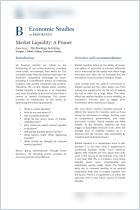
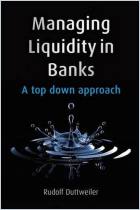
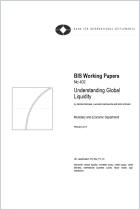
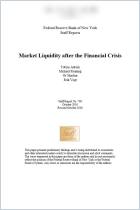
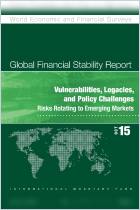




Comment on this summary or Démarrer une discussion